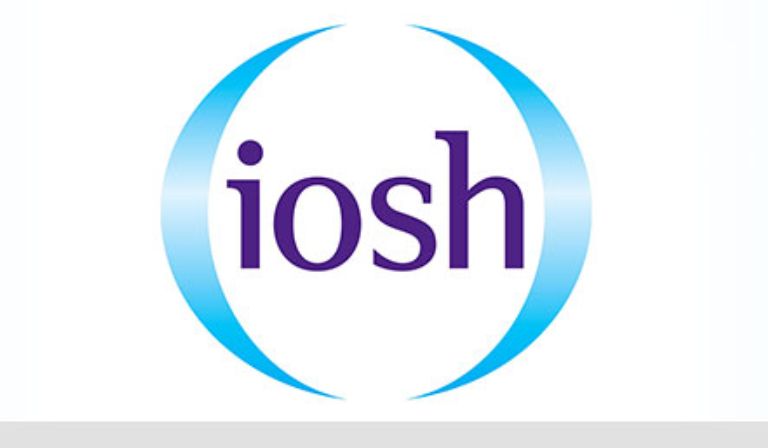In today’s rapidly evolving workplaces, occupational safety and health have taken center stage. Businesses across industries prioritize safety management systems to protect employees and comply with regulations. The Institution of Occupational Safety and Health (IOSH) plays a crucial role in ensuring workplace safety by providing internationally recognized certifications.
Many professionals and students undertake IOSH courses to enhance their knowledge and boost career prospects. However, completing IOSH assignments can be challenging, requiring a thorough understanding of safety management principles, risk assessments, and compliance standards. This article explores IOSH assignments, offering valuable insights and tips to help you excel.
Table of Contents
ToggleWhat is IOSH?
IOSH is a globally recognized organization dedicated to promoting health and safety in the workplace. It provides various training programs aimed at educating professionals about occupational safety practices. IOSH courses, such as the Managing Safely course, equip learners with essential skills to identify and mitigate workplace hazards effectively. These courses are particularly beneficial for managers, supervisors, and employees responsible for maintaining a safe work environment.
Types of IOSH Assignments
IOSH assignments vary depending on the course and level of study. However, common types include:
- Risk Assessments – Students must evaluate workplace hazards, identify risks, and propose mitigation strategies.
- Case Studies – Real-world scenarios are analyzed to develop safety management strategies.
- Reports – Learners draft comprehensive safety reports outlining compliance measures and risk management approaches.
- Practical Applications – Involves hands-on exercises that demonstrate understanding of IOSH principles.
- Multiple-Choice Exams – Testing theoretical knowledge on safety management concepts.
Challenges Faced in IOSH Assignments
Many students struggle with IOSH assignments due to various challenges, including:
- Complexity of Concepts – Occupational safety and health principles can be intricate, requiring careful interpretation and application.
- Time Management Issues – Balancing coursework with work commitments can be overwhelming.
- Lack of Practical Exposure – Some students find it difficult to apply theoretical knowledge in real-world scenarios.
- Research Difficulties – Understanding legal frameworks and compliance requirements demands extensive research.
How to Excel in IOSH Assignments
1. Understand the Course Material
Before attempting any assignment, ensure you thoroughly understand the course content. Read through study guides, lecture notes, and recommended resources. Familiarize yourself with key IOSH principles, such as:
- Hazard identification
- Risk assessment techniques
- Legal compliance requirements
- Safety management systems
2. Plan Your Assignment
Proper planning is essential for a well-structured and coherent assignment. Follow these steps:
- Analyze the Question – Carefully read and understand what is required. Identify key terms and instructions.
- Create an Outline – Break down the assignment into sections, including introduction, main content, and conclusion.
- Allocate Time Wisely – Set deadlines for each section to ensure timely completion.
3. Conduct Thorough Research
IOSH assignments require evidence-based responses. Use credible sources such as:
- Government safety regulations and policies
- IOSH official guidelines
- Academic journals on occupational safety
- Case studies from reputable sources
4. Apply Real-World Examples
To make your assignment more practical and engaging, incorporate real-world examples. For instance, if discussing risk assessment, use a workplace scenario to illustrate hazard identification and mitigation measures. This approach not only enriches your assignment but also showcases your understanding of safety principles.
5. Focus on Clear and Concise Writing
Effective communication is key to a successful IOSH assignment. Follow these writing tips:
- Use clear and simple language.
- Avoid unnecessary jargon unless required.
- Structure your work logically with headings and subheadings.
- Keep paragraphs concise and focused on one idea at a time.
6. Follow IOSH Guidelines
Each IOSH assignment comes with specific guidelines regarding format, word count, and referencing style. Adhering to these guidelines demonstrates professionalism and attention to detail. Ensure that you:
- Use the correct format (report, essay, case study, etc.).
- Maintain the required word limit.
- Cite all sources appropriately.
7. Proofread and Edit
Before submitting your assignment, take time to proofread and edit. Check for:
- Grammar and spelling errors
- Clarity and coherence
- Proper citation of references
- Logical flow of ideas
8. Seek Expert Help When Needed
If you find certain topics challenging, don’t hesitate to seek help. Consulting an IOSH expert, joining study groups, or using online resources can provide additional insights. There are various platforms where students can engage with professionals for guidance.
The Importance of IOSH Assignments
Completing IOSH assignments successfully is more than just an academic requirement. It equips learners with practical skills that are essential for ensuring workplace safety. Employers value professionals with IOSH certifications because they demonstrate:
- A strong commitment to health and safety
- The ability to identify and mitigate risks
- Knowledge of compliance with legal frameworks
- Effective safety management skills
Final Thoughts
IOSH assignments play a crucial role in developing occupational safety and health expertise. While they can be challenging, a systematic approach makes them manageable. By understanding course materials, conducting thorough research, applying real-world examples, and following assignment guidelines, students can achieve outstanding results.











